Imagine plunging into the ancient seas, only to come face to face with a creature so bizarre, it almost defies belief. Picture a shark-like animal, not with rows of razor-sharp teeth like modern sharks, but with a jaw that unfurls into a perfect spiral—like a buzzsaw made of teeth. Meet Helicoprion, the prehistoric marvel that has fascinated paleontologists and stoked the imaginations of science lovers for over a century. Its mystery, power, and outlandish appearance make it one of the most captivating creatures ever to have swum Earth’s oceans. Let’s journey back in time to discover the legendary shark with a buzzsaw mouth and unravel its secrets.
The Fossil Discovery That Sparked a Mystery
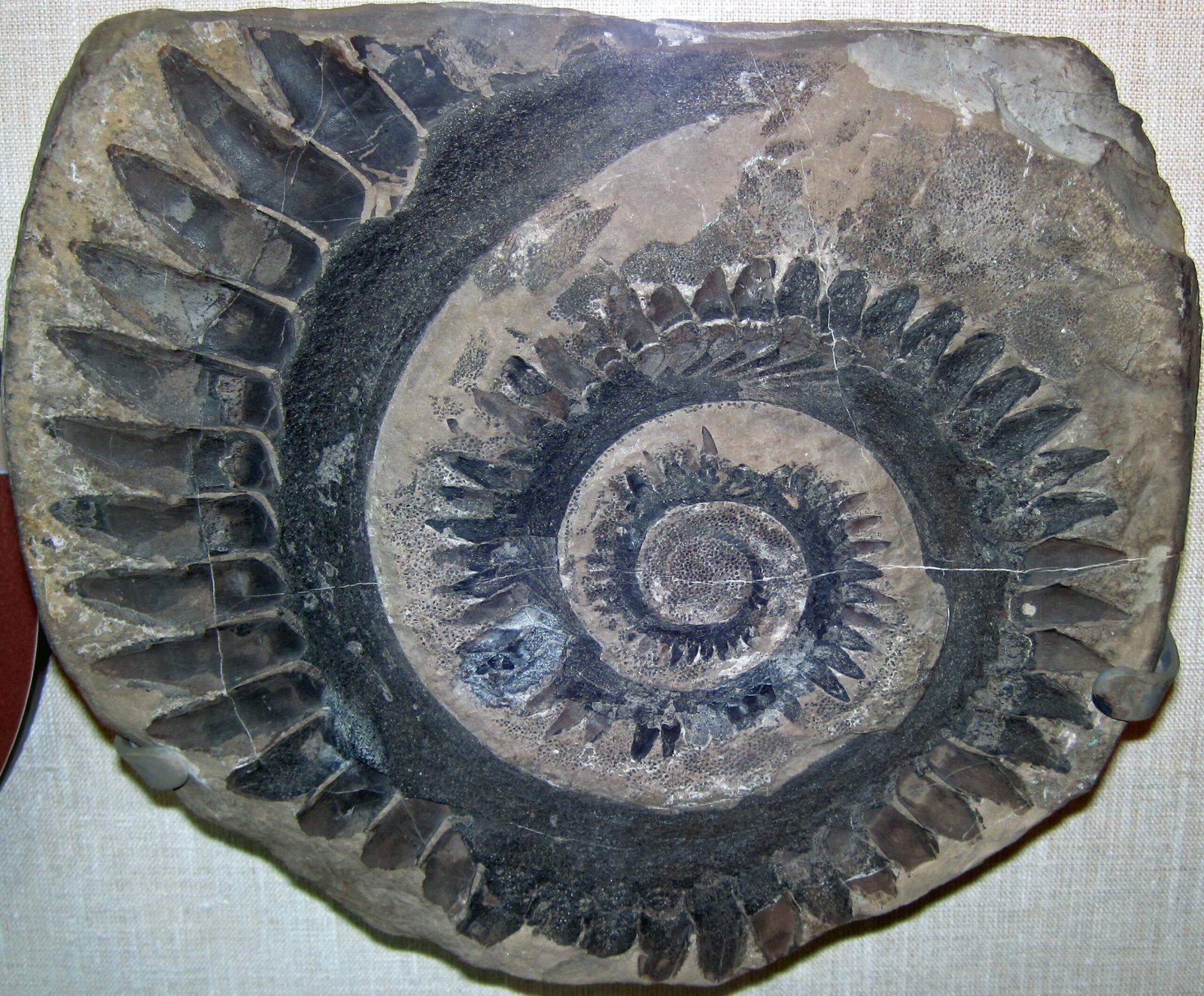
The story of Helicoprion began more than a hundred years ago when paleontologists stumbled upon a fossil that left them utterly baffled. Unlike typical shark teeth scattered across ancient rock beds, these fossils formed a tight spiral, like a coiled ribbon of serrated blades. The first of these so-called “tooth whorls” was unearthed in the late 19th century in Russia, and soon similar fossils were found across the globe, from western North America to Australia. Scientists were perplexed, unsure whether they were looking at jaws, fins, or some entirely new anatomical structure. This unusual find set off a decades-long debate about what kind of animal could possibly wield such a bizarre set of teeth.
What Exactly Was Helicoprion?
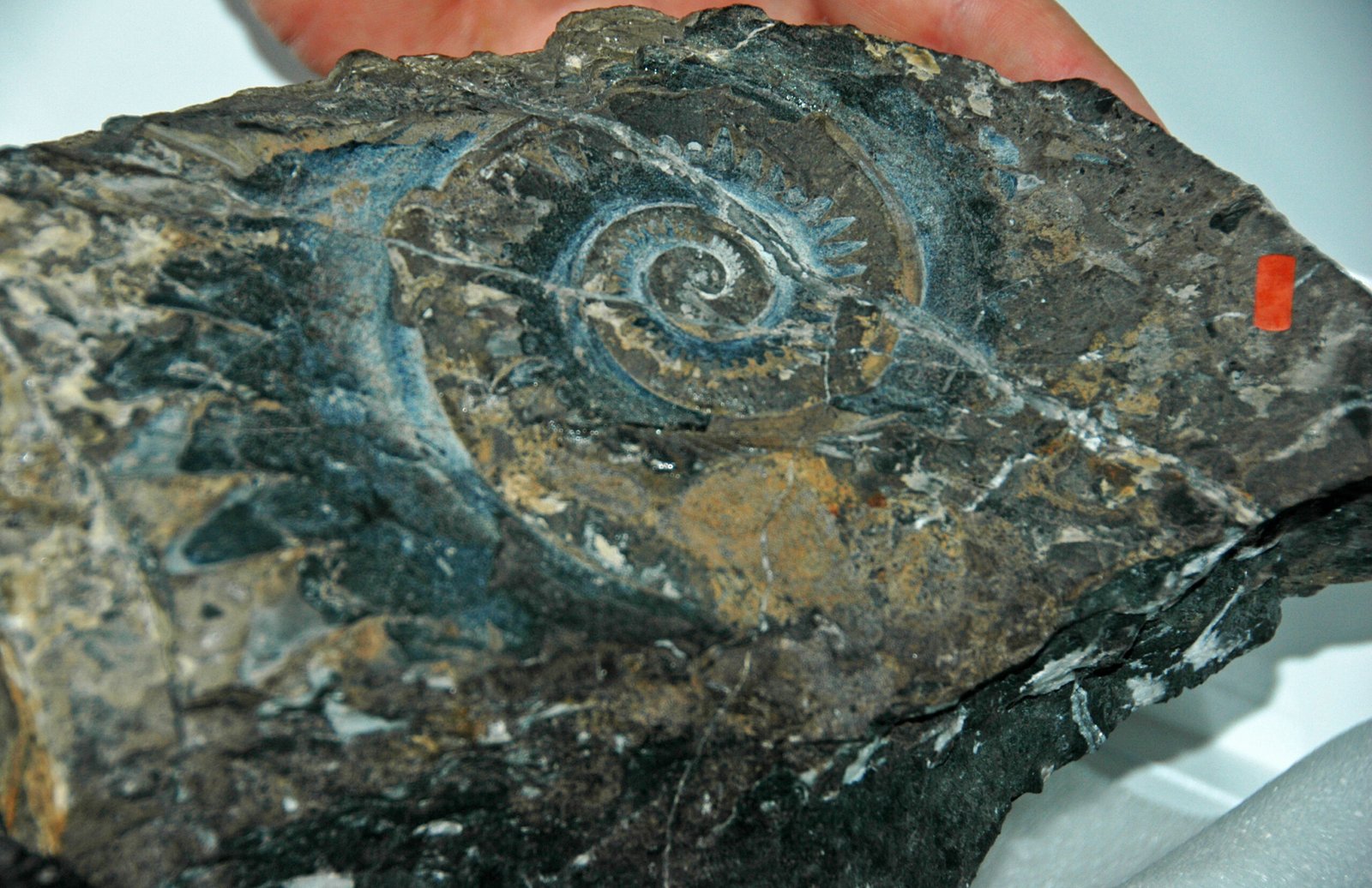
At first glance, Helicoprion may seem like a creature plucked straight from a science fiction novel, but it was very real. Helicoprion belonged to an extinct order of fish known as Eugeneodontida, which were distantly related to modern sharks. These ancient sea predators roamed the oceans during the Permian period, roughly 270 million years ago—long before the first dinosaurs ever appeared. While Helicoprion is often called a “shark,” it was actually more closely related to ratfish, a group of cartilaginous fishes that still exist today. Its most striking feature, of course, was its extraordinary spiral tooth whorl.
The Buzzsaw Tooth Whorl: A Prehistoric Enigma

The signature feature of Helicoprion—the spiral buzzsaw—was unlike anything else in the animal kingdom. Imagine a circular saw, but instead of metal, it was made entirely from sharp, triangular teeth. This whorl grew continuously throughout the animal’s life, with new teeth forming at the center and older teeth pushed outward in a spiral. For years, scientists debated where on the body this spiral belonged, proposing everything from the tip of the nose to the dorsal fin. The correct placement eluded researchers for decades, fueling wild speculation and artistic reconstructions that ranged from the plausible to the downright absurd.
Cracking the Jaw Mystery With Modern Technology
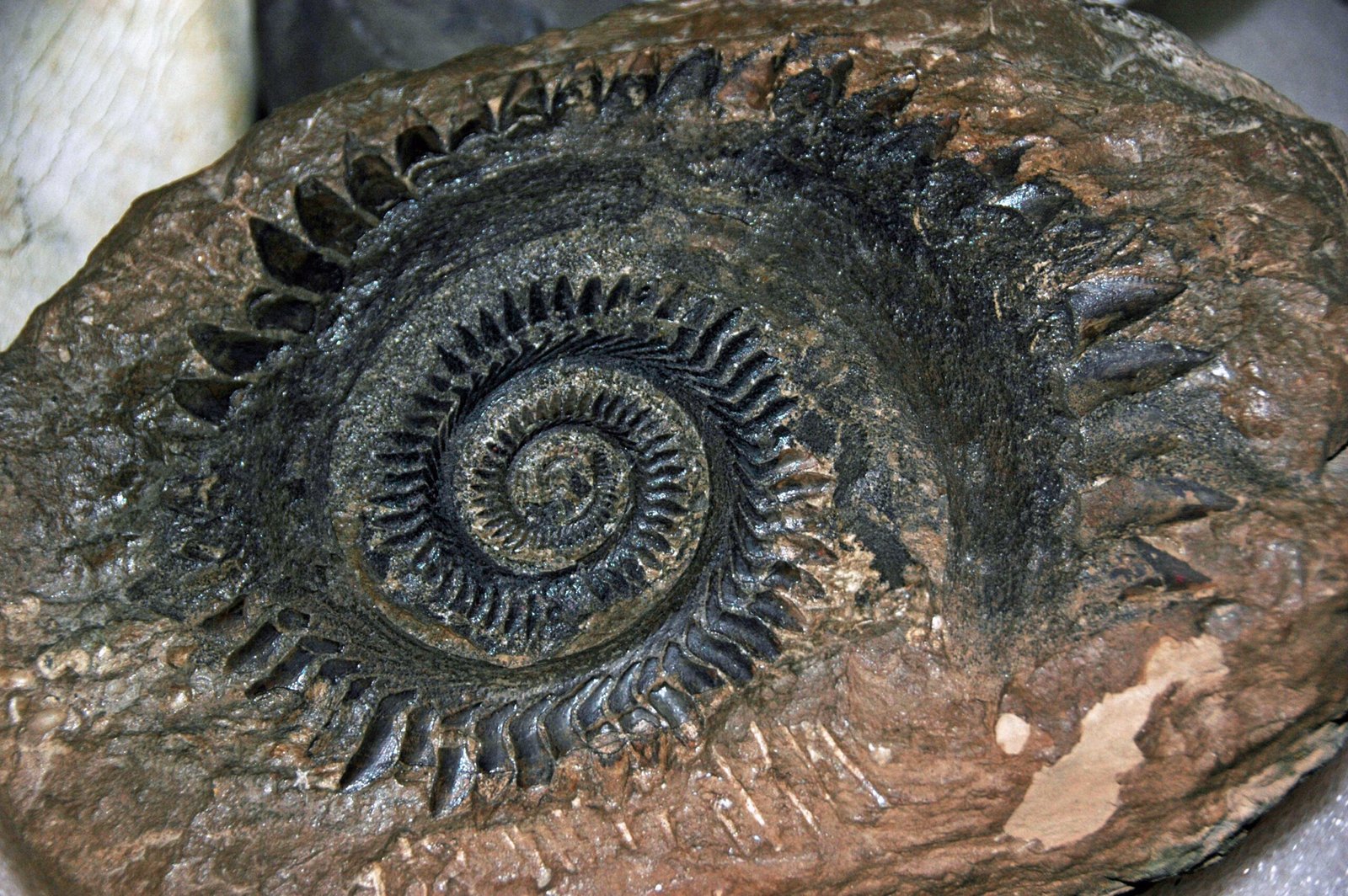
It wasn’t until the 21st century that the puzzle of Helicoprion’s jaw was definitively solved. Using advanced CT scans of well-preserved fossils, paleontologists were able to peer inside the fossilized cartilage and reconstruct the animal’s skull in three dimensions. These scans revealed that the tooth whorl was actually located inside the lower jaw, acting as a formidable cutting tool. As Helicoprion closed its mouth, the spiral of teeth would slice through prey, functioning much like a circular saw. This revelation finally put to rest over a century of confusion and provided a glimpse into how this ancient predator hunted and ate.
How Did Helicoprion Use Its Buzzsaw?
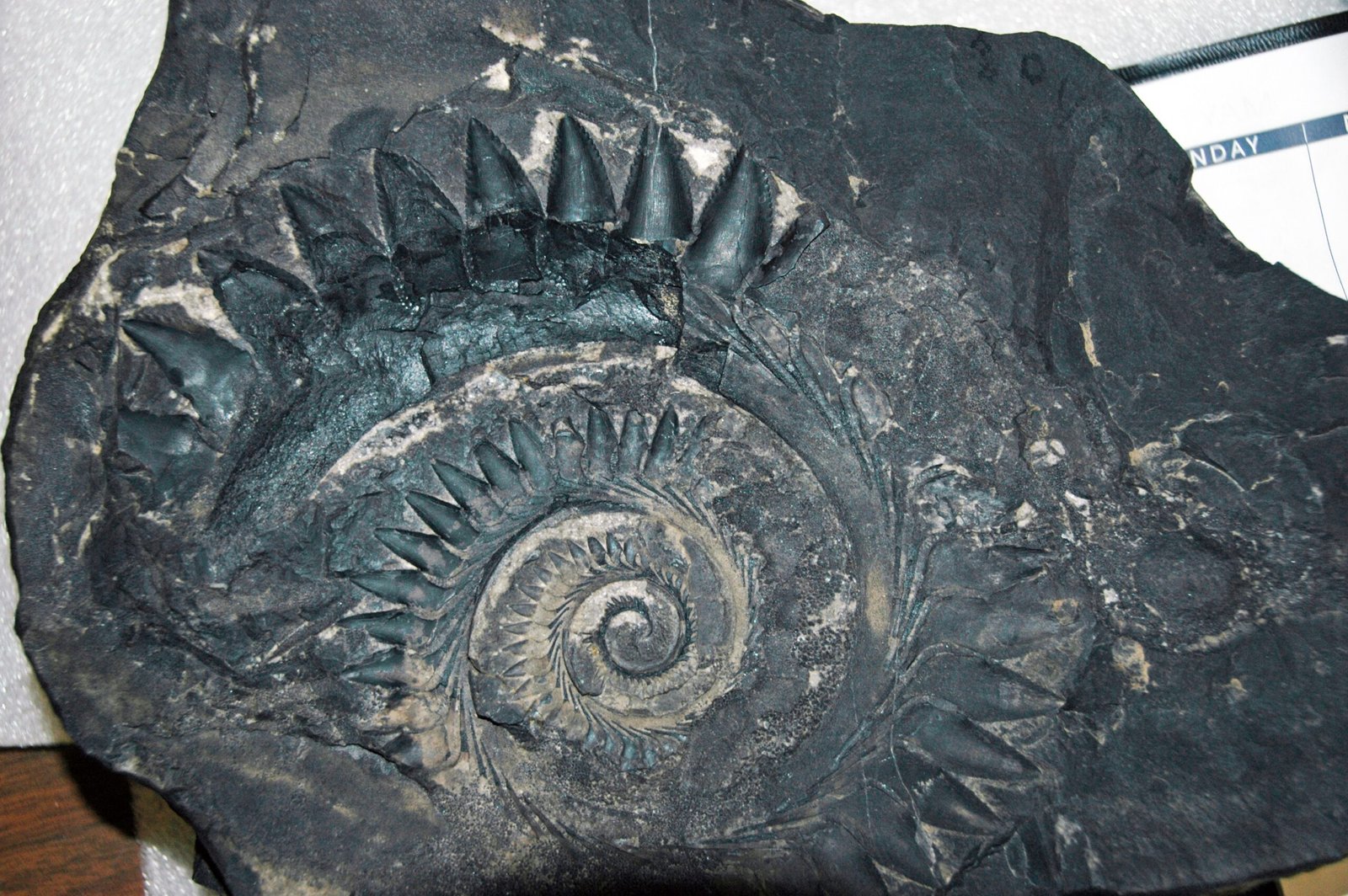
With the position of the tooth whorl finally understood, the next question was: how did Helicoprion feed? Scientists now believe that the animal used its spiral jaw to grasp and slice through soft-bodied prey such as squid and other marine invertebrates. When Helicoprion snapped its jaws shut, the spiral would rotate backward, drawing prey deeper into its mouth while simultaneously chopping it into manageable pieces. This impressive adaptation likely gave Helicoprion a major advantage in the Permian seas, allowing it to exploit food sources that other predators couldn’t easily access.
Helicoprion’s Place in Prehistoric Oceans
During the Permian period, Earth’s oceans were teeming with life, but also fraught with danger. Helicoprion was not the only predator patrolling these ancient waters, but it was certainly one of the most unique. Its buzzsaw-like jaw set it apart from both its contemporaries and from modern sharks. Fossil evidence suggests Helicoprion could grow up to 20 feet long, making it a formidable presence in the marine food web. Its unusual feeding mechanism allowed it to thrive in a world filled with armored fish, giant cephalopods, and other fearsome hunters.
Evolutionary Oddity: Why the Spiral Teeth?

The spiral tooth whorl of Helicoprion is one of evolution’s strangest experiments. Unlike most sharks, which shed and replace teeth in rows, Helicoprion’s teeth formed a continuous, ever-growing spiral. This adaptation may have evolved to deal with a diet of slippery, soft-bodied creatures, allowing the animal to grip and process food more efficiently. Some scientists suggest the spiral design reduced the risk of broken or lost teeth, as each new tooth simply joined the spiral, never falling out. This evolutionary innovation, while bizarre, was clearly successful—at least for a time.
Helicoprion in Pop Culture and Imagination
The strange and dramatic appearance of Helicoprion has made it a favorite subject in books, documentaries, and even video games. Its jaw has inspired countless artistic interpretations, ranging from the terrifying to the whimsical. Some depictions show it as a monstrous buzzsaw-beast, others as a more subtle, snake-like fish. Helicoprion’s outlandish looks have cemented it as a prehistoric icon, capturing the imagination of people young and old. Its story reminds us that nature’s creativity knows no bounds, and that reality can be far stranger than fiction.
Adaptations and Survival: The Cost of Specialization
Helicoprion’s unique adaptation may have given it an edge for millions of years, but specialization can be a double-edged sword. As ocean ecosystems changed and new competitors emerged, Helicoprion’s specialized feeding technique may have limited its ability to adapt to new challenges. Eventually, this ancient buzzsaw predator disappeared from the fossil record, a victim of the massive Permian extinction event that wiped out most marine life. Its spiral jaw, once an asset, became a relic—a testament to the risks and rewards of evolutionary innovation.
What We’ve Learned From Helicoprion
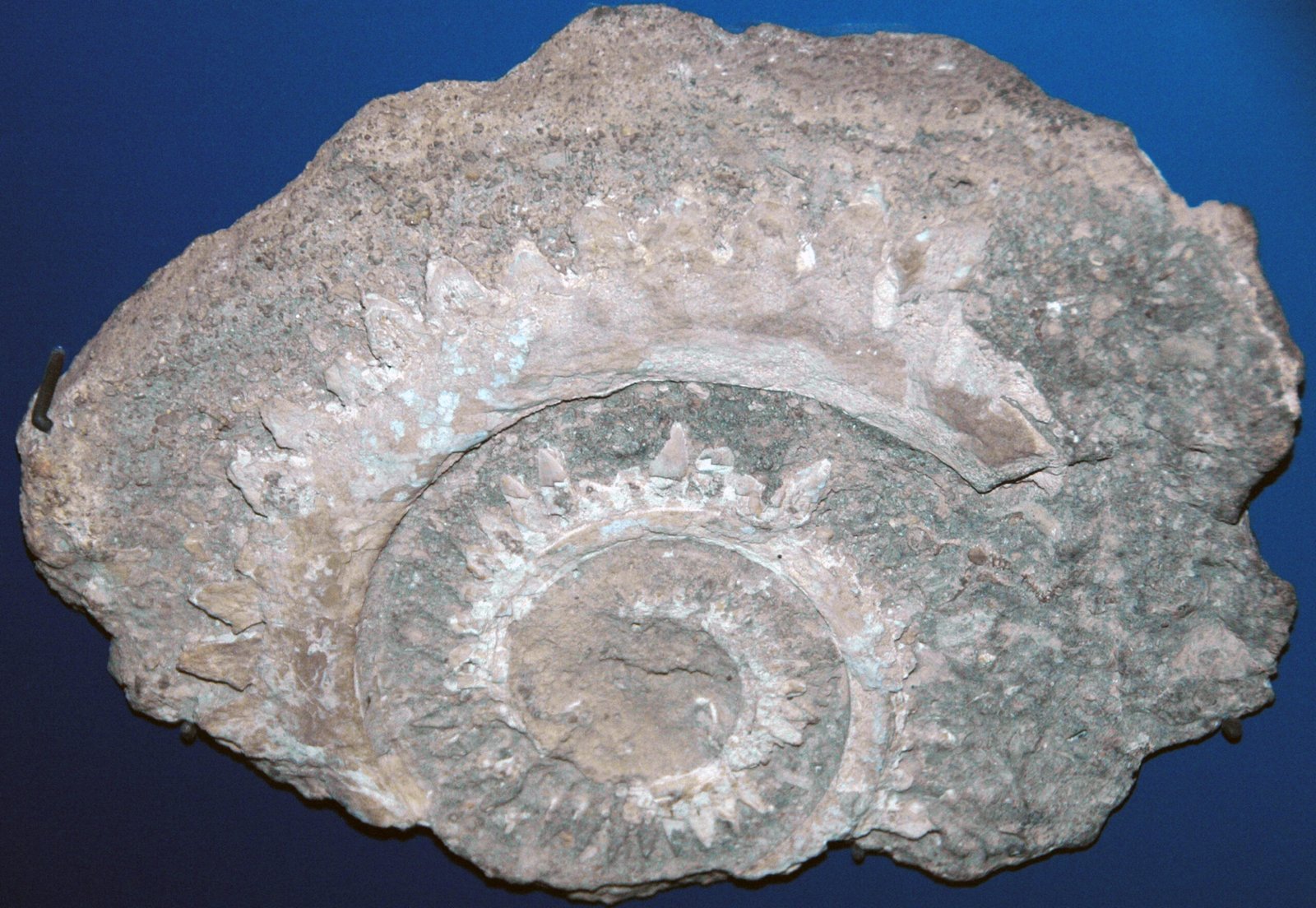
The journey to understand Helicoprion has taught scientists and the public alike the power of perseverance and curiosity. From the initial confusion over its tooth whorl to the technological breakthroughs that finally revealed its secrets, the study of this bizarre fish has pushed the boundaries of paleontology. It’s a reminder that the natural world is full of surprises, and even the strangest fossils can unlock profound insights about evolution, adaptation, and survival. Every fossil, no matter how odd, has a story to tell.
The Enduring Legacy of the Buzzsaw Shark
Helicoprion’s spiral jaw continues to fascinate researchers and enthusiasts worldwide. Its fossils are prized treasures, and its incredible story is retold in museums and classrooms everywhere. The buzzsaw shark challenges us to look at the world with wonder—to imagine what else might be lurking in the shadows of prehistory, waiting to be discovered. As we continue to explore Earth’s ancient past, Helicoprion stands as a symbol of nature’s wild creativity, a creature as mysterious and unforgettable as the ancient seas it once ruled.




